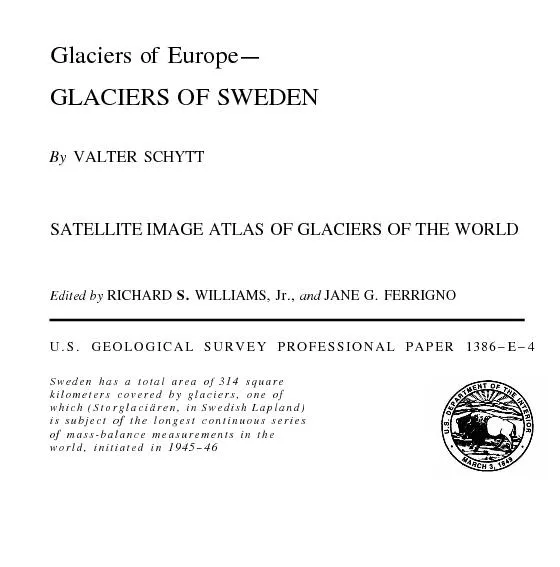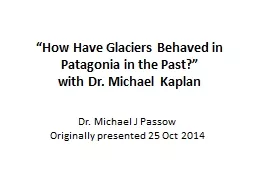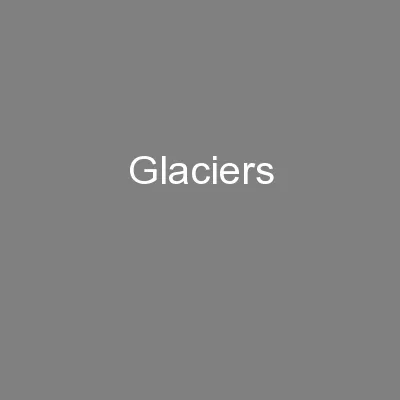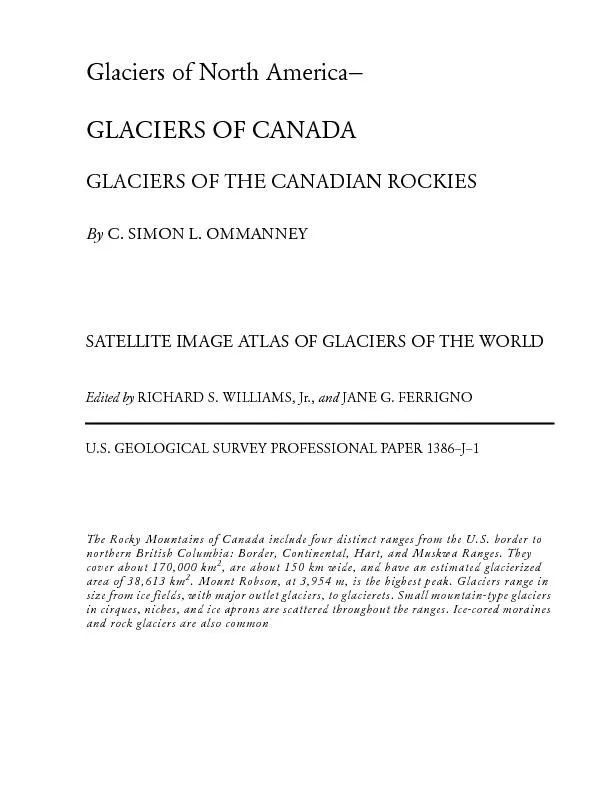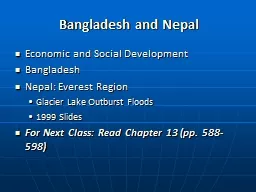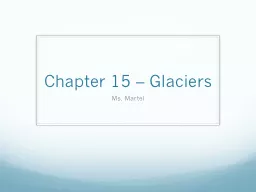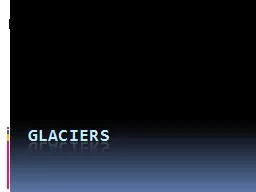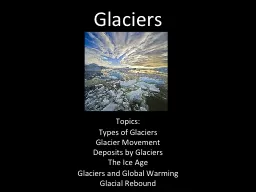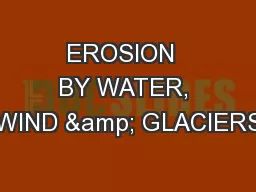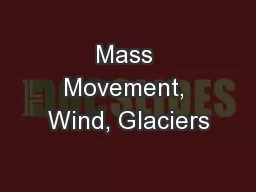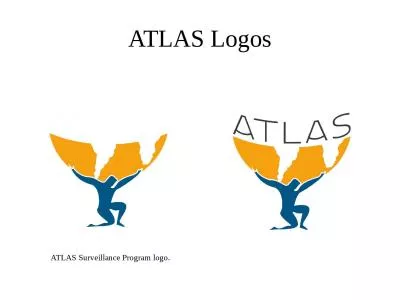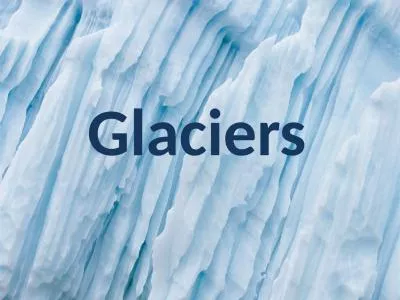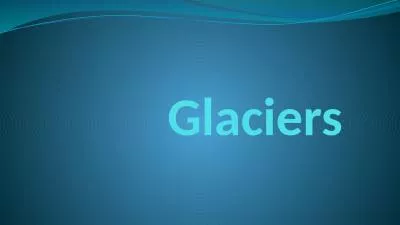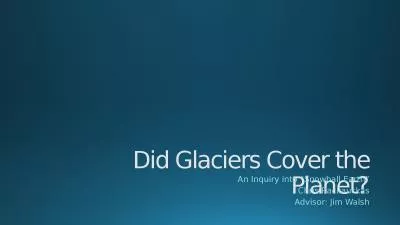PDF-SATELLITE IMAGE ATLAS OF GLACIERS OF THE WORLD
Author : ellena-manuel | Published Date : 2016-04-19
GLACIERS OF GLACIERS OF SWEDEN By VALTER SCHYTT 1 2 Abstract The most recent glacier inventory lists a total glacier area for Sweden of 314 square kilometers The
Presentation Embed Code
Download Presentation
Download Presentation The PPT/PDF document "SATELLITE IMAGE ATLAS OF GLACIERS OF THE..." is the property of its rightful owner. Permission is granted to download and print the materials on this website for personal, non-commercial use only, and to display it on your personal computer provided you do not modify the materials and that you retain all copyright notices contained in the materials. By downloading content from our website, you accept the terms of this agreement.
SATELLITE IMAGE ATLAS OF GLACIERS OF THE WORLD: Transcript
Download Rules Of Document
"SATELLITE IMAGE ATLAS OF GLACIERS OF THE WORLD"The content belongs to its owner. You may download and print it for personal use, without modification, and keep all copyright notices. By downloading, you agree to these terms.
Related Documents

